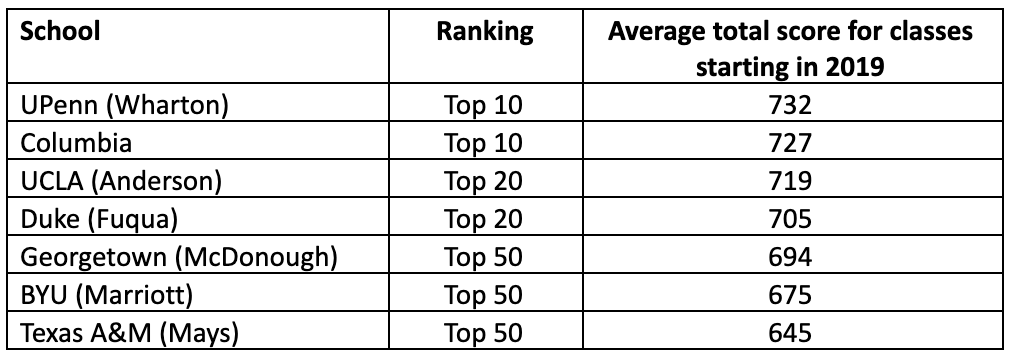
GMAT Vs GRE: Which is Easier?
As an aspiring MBA student, the decision between taking the GMAT or the GRE can be a daunting one. Both exams are widely accepted by
GMAT/GRE Test PREP & MBA ADMISSIONS


As an aspiring MBA student, the decision between taking the GMAT or the GRE can be a daunting one. Both exams are widely accepted by

Are you aiming for a top-tier business school and wondering how to tackle the GMAT? On November 7, 2023, GMAC launched the GMAT Focus Edition

Preparing for the GMAT? You’re likely aware of the importance of targeted study materials. This is where GMAT prep focus edition books come into play.

Are you gearing up for the GMAT and feeling a bit overwhelmed by the quantitative section? You’re not alone. Many aspiring MBA students find themselves stressing over

When preparing for the GMAT, prospective business students often wonder, “Can I use a calculator during the test?” This question, while simple, carries significant weight

Deciphering your GMAT score report can feel like unraveling a complex puzzle. You’ve put in the effort, taken the tests, and now it’s time to

Preparing for the GMAT is undoubtedly a challenging and often stressful journey. With intense study schedules, practice tests, and the looming pressure of application deadlines,

Thinking about launching your own business or taking an existing venture to the next level? An MBA with a focus on entrepreneurship could be just

Four staff members at a certain company worked on a project. The amounts of time that the four staff members worked on the project were

The product of all the prime numbers less than 20 is closest to which of the following powers of 10? OFFICIAL SOLUTION: The prime numbers